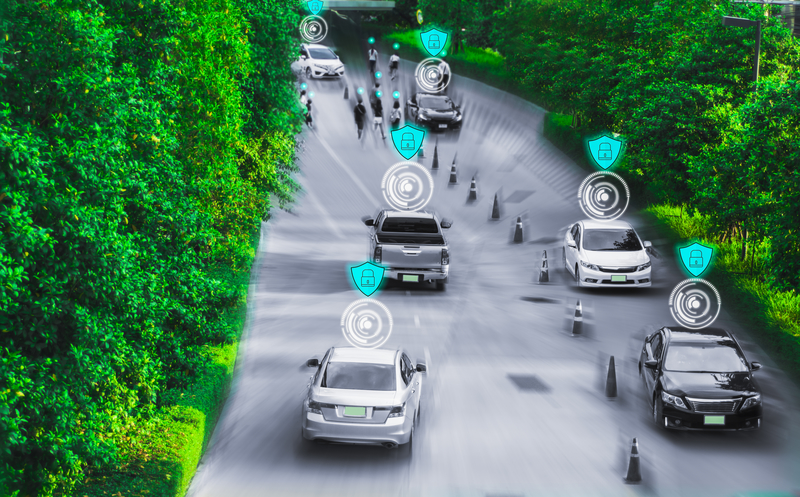The future of transportation is rapidly evolving, and at the center of this transformation is autonomous driving. Also known as self-driving or driverless technology, autonomous vehicles (AVs) are no longer a concept of the distant future. With rapid advancements in artificial intelligence, sensors, and machine learning, these vehicles are set to redefine how people and goods move from one place to another.
A Technological Revolution
Autonomous vehicles rely on a combination of technologies, including cameras, radar, LiDAR, GPS, and AI algorithms, to perceive their environment and make driving decisions. Companies like Tesla, Waymo, and Apple are investing heavily in this space, working towards a fully autonomous future where human intervention is no longer required.
There are five levels of vehicle autonomy, ranging from Level 0 (no automation) to Level 5 (full automation). While most vehicles today are somewhere between Level 2 and 3, where the car can assist with driving but still needs human supervision, the progress toward higher levels is accelerating.
Safer Roads Ahead
One of the biggest promises of autonomous driving is increased safety. According to the World Health Organization, over 1.3 million people die annually in road traffic accidents—most of which are caused by human error. Autonomous vehicles, designed to follow traffic rules, avoid distractions, and react faster than human drivers, have the potential to drastically reduce these numbers.
By removing drunk, distracted, or fatigued driving from the equation, AVs can significantly lower accident rates and save thousands of lives each year.
Redefining Urban Mobility
Autonomous driving is not just about private cars—it’s also about reshaping how cities operate. Driverless taxis, autonomous buses, and delivery robots are already being tested in several cities. These innovations can lead to more efficient transportation systems, reduced traffic congestion, and improved access to mobility for the elderly and disabled.
Moreover, shared autonomous vehicle fleets could reduce the need for personal car ownership, freeing up valuable urban space currently used for parking lots and garages.
Environmental Benefits
Autonomous driving also holds promise for the environment. Many AVs are being developed alongside electric vehicle (EV) technology, contributing to a reduction in carbon emissions. With optimized driving patterns, smoother acceleration, and intelligent route planning, AVs can enhance fuel efficiency and minimize traffic-related pollution.
Economic and Job Market Impact
While autonomous driving offers many benefits, it also brings disruption. Industries like trucking, delivery, taxi services, and logistics will face significant changes, potentially impacting millions of jobs. However, this shift also opens new doors in areas like software development, AI training, cybersecurity, and vehicle maintenance.
Governments and businesses will need to work together to manage this transition, investing in reskilling programs and creating policies that ensure a just and inclusive shift to automation.
Final Thoughts
Autonomous driving is poised to revolutionize transportation as we know it. With the potential to make our roads safer, cities more livable, and the environment cleaner, it represents a leap forward in technological and societal progress. While challenges remain—such as regulatory hurdles, ethical dilemmas, and cybersecurity risks—the momentum behind this movement is undeniable.

